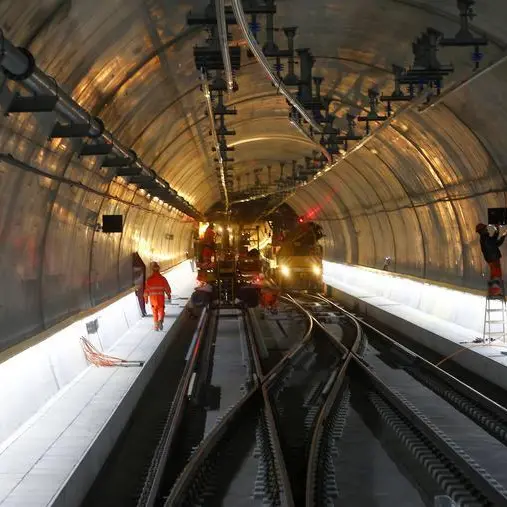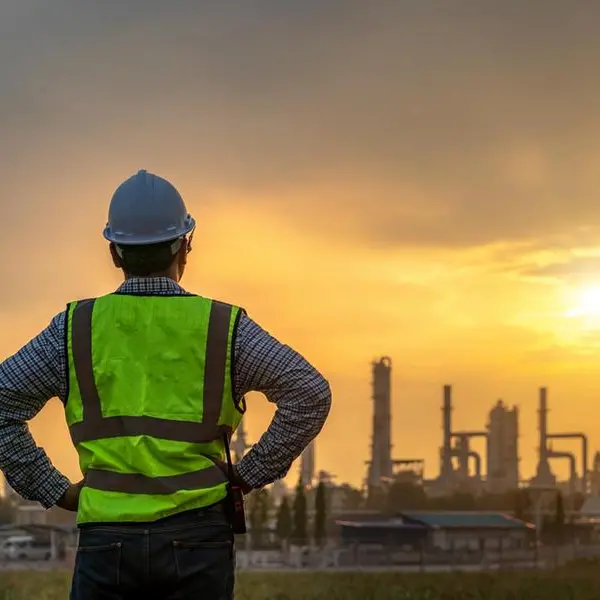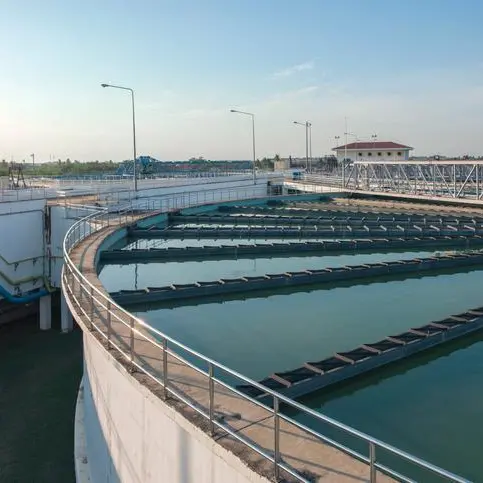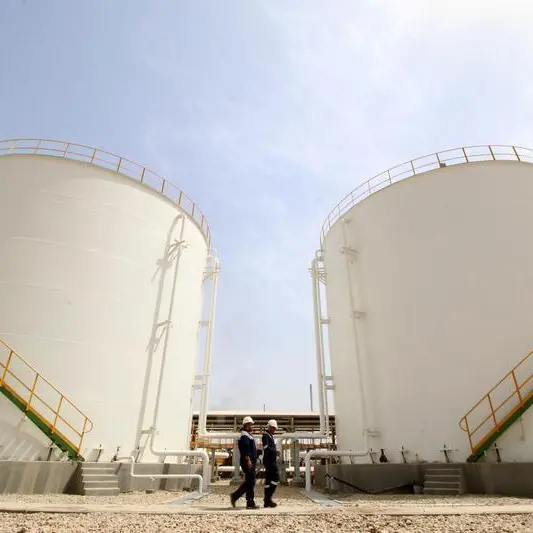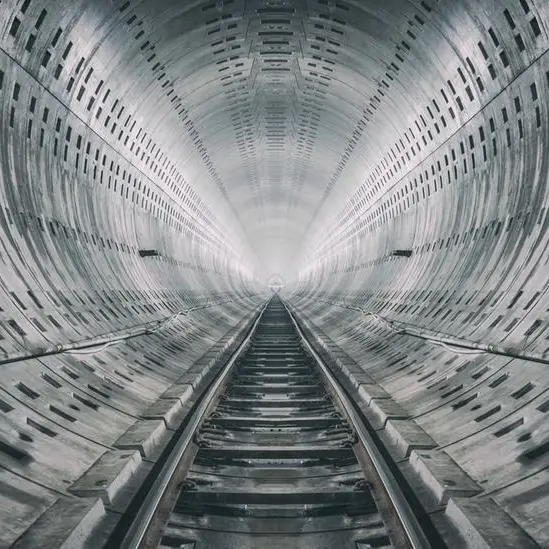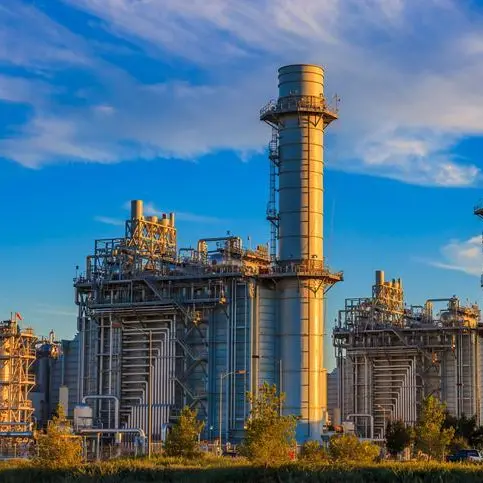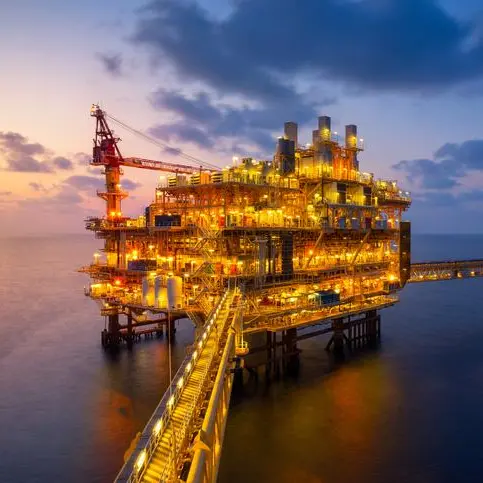Aramco and the Institute of Energy Economics, Japan (IEEJ), in partnership with SABIC, successfully demonstrated the production and shipment of blue ammonia from Saudi Arabia to Japan, it was announced on Sunday.
Forty tonnes of high-grade blue ammonia were dispatched to Japan for use in zero-carbon power generation, Saudi Aramco said in a press statement.
Ammonia contains approximately 18 percent hydrogen by weight, and releases zero carbon dioxide (CO2) emissions when combusted in a thermal power plant.
The statement said the demonstration, supported by the Japanese Ministry of Economy, Trade and Industry, spanned the full value chain; including the conversion of hydrocarbons to hydrogen and then to ammonia, as well as the capture of associated CO2 emissions.
Thus, 30 tonnes of CO2 captured during the process were designated for use in methanol production at SABIC's Ibn-Sina facility and another 20 tonnes of captured CO2 was used for Enhanced Oil Recovery (EOR) at Aramco's Uthmaniyah field, according to the statement.
The statement said the demonstration highlights one of several pathways within the concept of a global Circular Carbon Economy, a framework in which CO2 emissions are reduced, removed, recycled and reused - as opposed to being released into the atmosphere.
Ahmad O Al-Khowaiter, Aramco's Chief Technology Officer, said multinational partnerships are key in realising the Circular Carbon Economy, championed by the Saudi Arabian G20 Presidency.
Toyoda Masakazu, Chairman and Chief Executive Officer of IEEJ, said:
"Blue ammonia is critical to Japan's zero carbon emission ambitions to sustain the balance between the environment and the economy. About 10 percent of power in Japan can be generated by 30 million tonnes of blue ammonia. We can start with co-firing blue ammonia in existing power stations, eventually transitioning to single firing with 100 percent blue ammonia. There are nations such as Japan which cannot necessarily utilise Carbon Capture and Storage (CCS) or EOR due to their geological conditions. The carbon neutral blue ammonia/hydrogen will help overcome this regional disadvantage."
Fahad Al-Sherehy, Vice President of Energy Efficiency and Carbon Management at SABIC, added that the company can
"economically leverage" its existing infrastructure for hydrogen and ammonia production with CO2 capture.
SABIC and Mitsubishi Corporation, which is represented on the IEEJ study team involved in the project, are overseeing the transport logistics in partnership with JGC Corporation, Mitsubishi Heavy Industries Engineering, Mitsubishi Shipbuilding Co. and UBE Industries.
(Writing by Syed Ameen Kader; Editing by Anoop Menon)
(anoop.menon@refinitiv.com)
Disclaimer: This article is provided for informational purposes only. The content does not provide tax, legal or investment advice or opinion regarding the suitability, value or profitability of any particular security, portfolio or investment strategy. Read our full disclaimer policy here.
© ZAWYA 2020
